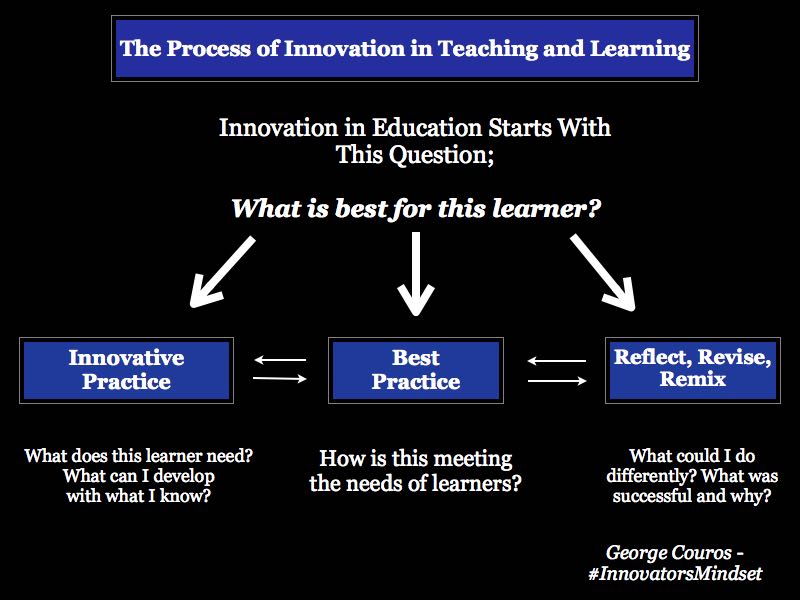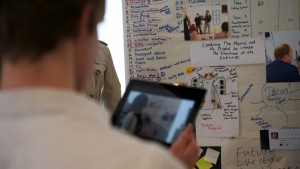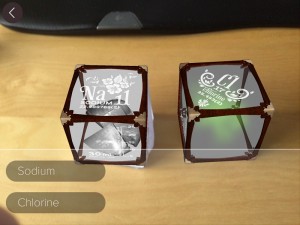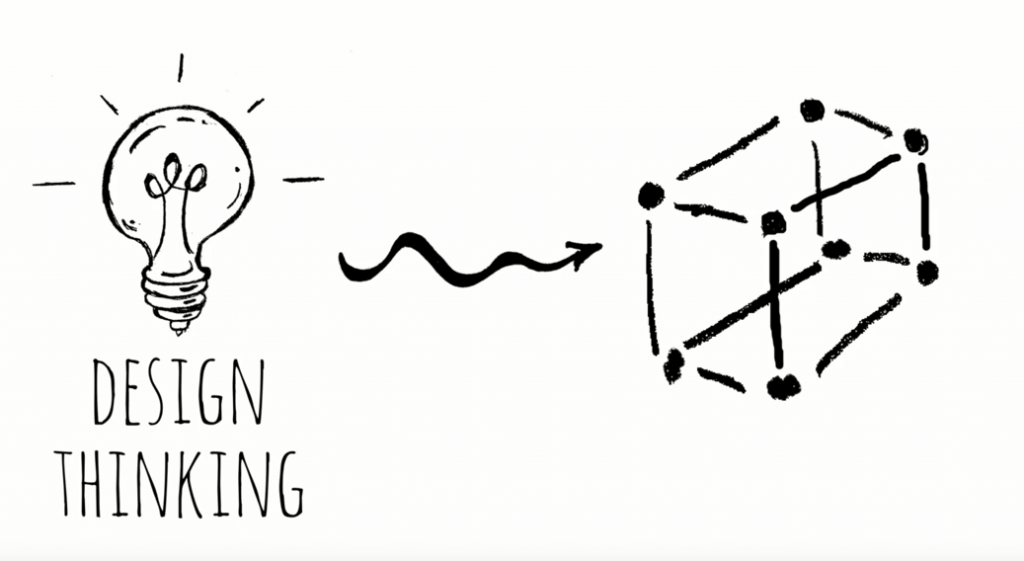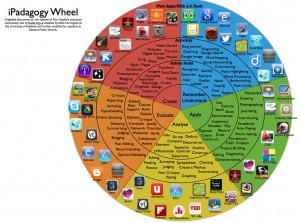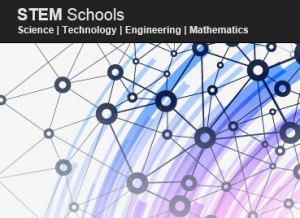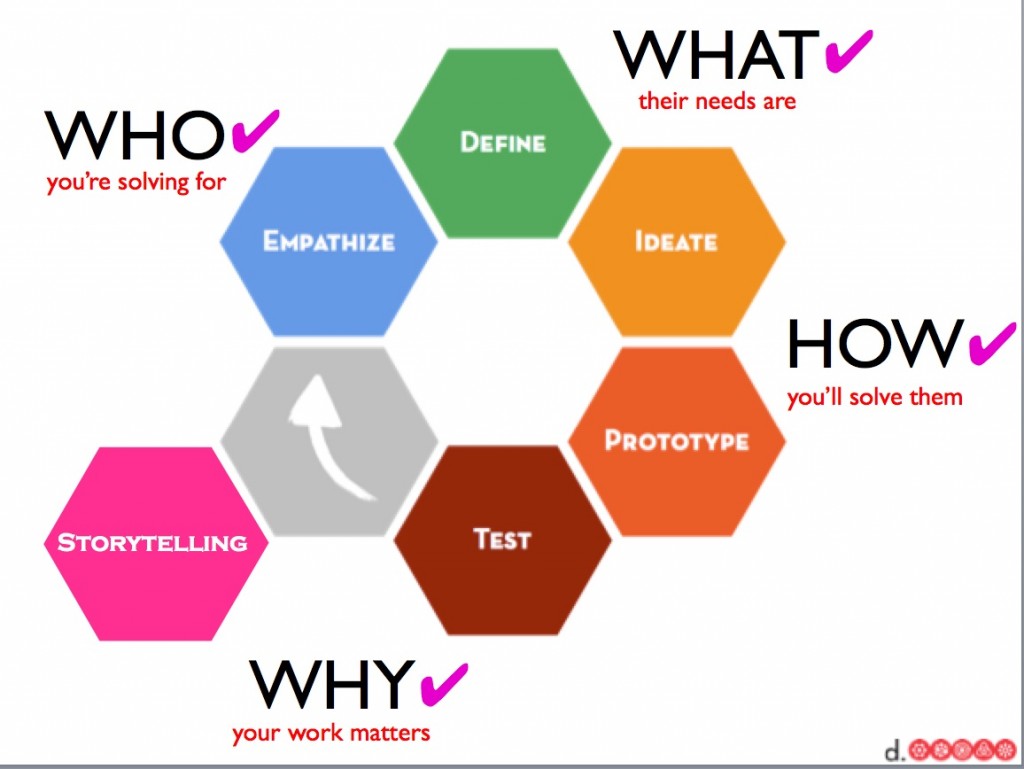A question that was posed recently was challenging the notion of “innovation” in education, and how it challenges best practice. “Best practice” can often be seen as the enemy to innovation. But “best practice” doesn’t stay as “best practice” forever. Look at the “Blockbusters” of the world. What was once best practice to them, was what they hold onto, and how they eventually collapsed. Standing still is the same as moving backwards in our world. Yo1u can have been an amazing teacher ten years ago, but if you have changed nothing in those ten years, you could now be irrelevant. The best veteran teachers in the world look back at the beginning of their careers and think, “What was I doing?!??!”, not because they were bad, but because they are now so much better.
Yet how dare a teacher “challenge” best practice? First of all, “best practice” in instruction and learning is not best practice for everyone. What works for one, might not work for another. I have been thinking a lot about the “eye test”; if a teacher doesn’t see that something is working for their students, is their professional wisdom trumped by a researcher who has never worked with their children? If something is working for your students, then keep doing that (and I am not talking about test scores, but growth in learning). But if it isn’t, teachers either need to learn something new, or create something new to serve those students.
There has never been a best practice in teaching and learning, that wasn’t at first an “innovation”. Someone, or some group, was in the pursuit of doing something better for students, and they saw their new practice as better than what they were doing before. This image summarizes the process of innovation in education.
Ideas lead to innovation, but only if we turn those thoughts into actions. Yet if those actions are new and better, they will become best practice for a period of time. There should be no better researcher of student learning than the teacher working directly in classrooms. They have to decide when to embrace best practice, and when to create “next practice”. That is where the true innovation in teaching and learning happens.
